- Blog
- Geo Mapping
- How a Territory Map Helps Sales Teams Close More Deals
Sales leaders know that performance is often tied directly to how well territories are structured. When reps are spread too thin or competing for the same accounts, opportunities get lost, coverage gaps grow wider, and customer experiences suffer. A territory map changes the game by turning spreadsheets and lists into clear visualizations of who owns what. By defining boundaries and aligning them with real-world data, businesses unlock efficiency, accountability, and growth. And thanks to easy territory mapping software, teams no longer need GIS specialists or hours of manual setup to get results.
Why Territory Mapping Matters for Sales Teams
A well-built territory map isn’t just a pretty visualization—it’s the foundation of a smarter sales strategy. Territory maps provide visibility into how accounts, prospects, and opportunities are distributed across regions, helping managers assign work fairly and strategically. Without a clear map, sales reps risk wasting time on inefficient travel routes, missing underserved accounts, or duplicating efforts with colleagues. With a territory map in place, leaders can balance workloads, identify untapped markets, and give reps the confidence to focus on the right opportunities. The result is more consistent performance, reduced burnout, and higher overall ROI.
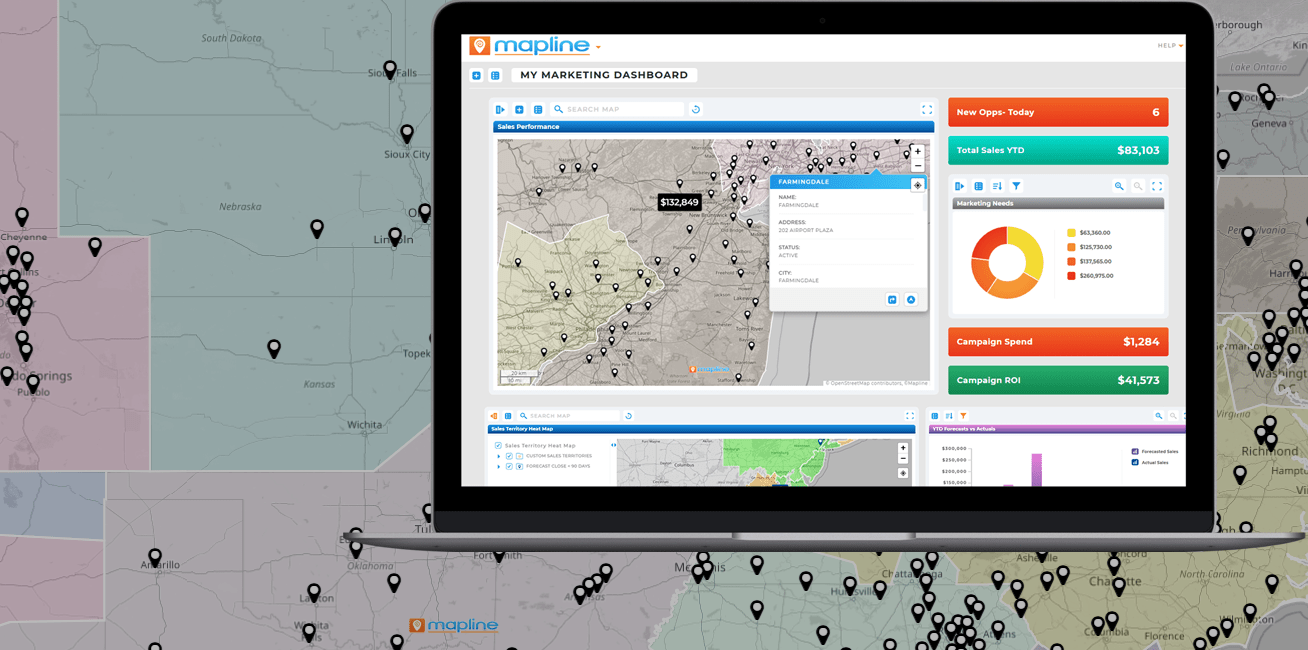

Pro Tip: Don’t settle for manual territory planning when better tools exist. With Geo Mapping, you can visualize customer locations, balance workloads, and eliminate costly inefficiencies. Learn more about how to create a map from Excel and explore Mapline’s sales territory map creator to get started today.
Turning Excel Data Into a Territory Map
Most sales organizations already have customer and prospect lists stored in spreadsheets, but raw data rarely tells the full story. By importing those records into a sales territory map creator, teams can instantly visualize where their accounts fall and how they align to existing boundaries. Creating a territory map in Excel alone is clunky and limited, while modern tools make it possible to draw boundaries, segment by variables, and layer on demographics in minutes. This approach ensures that data moves beyond the page and becomes a living strategy asset. It’s one of the fastest ways to eliminate blind spots and transform planning into
Key Actions You Can Take With a Territory Map
Territory mapping doesn’t stop at drawing lines—it’s about making better business decisions once the map is in place. Once your territories are defined, you can visualize performance, balance workloads, and uncover hidden opportunities that traditional spreadsheets might miss. Teams can track sales trends by region, reassign accounts based on real-time data, and identify underperforming areas before they become problems. It’s also easier to align goals and ensure every rep has a fair share of opportunity. In short, territory maps turn geography into strategy—helping your team operate smarter, faster, and more efficiently.
Identify Overlap and Reduce Conflict
When two reps unknowingly work the same region, friction and wasted effort follow. A territory map makes overlap obvious, so managers can adjust assignments before it impacts performance. This clarity not only boosts morale but also strengthens customer relationships by ensuring every account has a single, consistent point of contact.
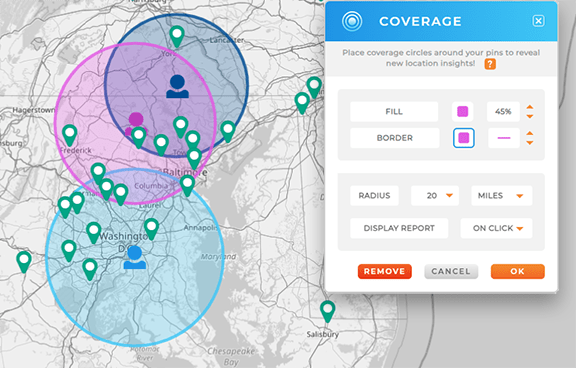
Spot Coverage Gaps and Reassign Resources
Territory maps often reveal regions with strong potential that have no assigned rep. By identifying these gaps early, leaders can redistribute coverage and seize opportunities that might otherwise be lost. For growing businesses, this is particularly valuable when expanding into new markets or adjusting team size.
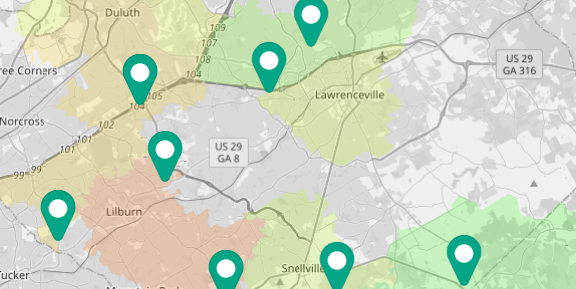
Optimize Travel and Reduce Costs
Travel inefficiency is a hidden cost that quickly eats into profits. With a map-based view, managers can see when reps are covering too much ground or driving unnecessary miles. Adjusting territories to reduce travel saves time, lowers expenses, and gives reps more hours in front of customers.
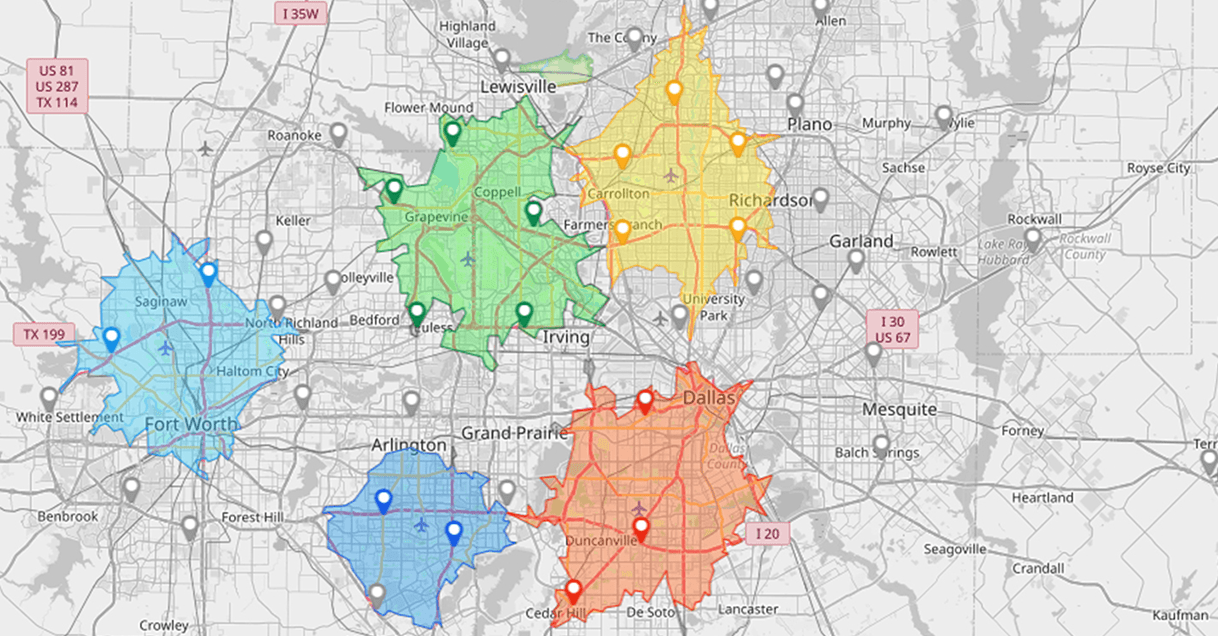
Align Territories With Market Potential
Not all regions have equal opportunity, and territory maps make this clear by layering account density, revenue, or demographics. Leaders can assign reps based on the real potential of each region, creating balanced workloads that drive fairness and better results. This prevents high performers from being overloaded and ensures every rep has a fair shot at success.
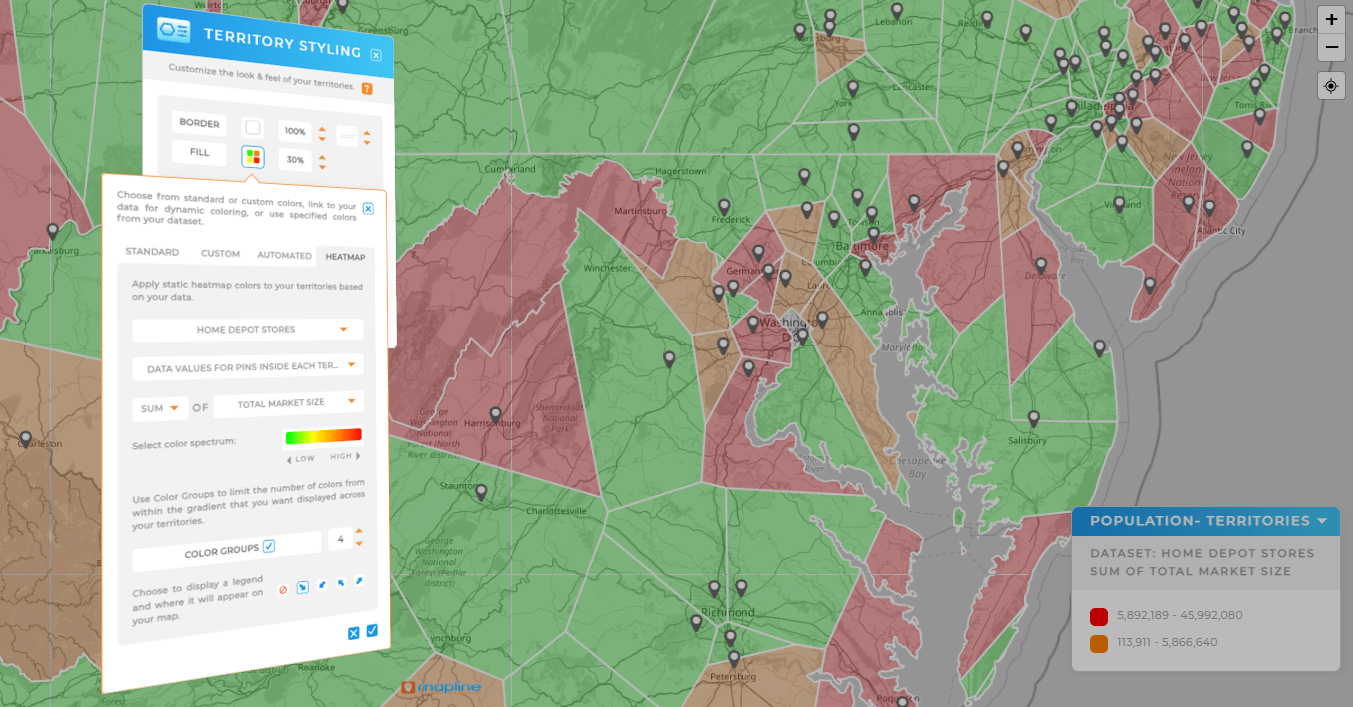
Territory Maps as a Growth Strategy
Once teams experience the clarity of a territory map, it becomes a strategic growth tool. Companies can use mapping to plan new markets, optimize staffing, and even forecast revenue based on geographic coverage. Easy territory mapping software makes it possible to update maps dynamically, so changes in accounts, staffing, or strategy are always reflected in real time. Over time, the territory map becomes more than an operational tool—it becomes a competitive advantage that guides expansion and ensures the sales organization is always positioned for maximum impact.
Identify Underserved Regions
Territory maps highlight regions where customers are thinly spread or entirely unassigned, making it clear where opportunities exist. Mapline allows teams to overlay demographic and customer data to pinpoint exactly where new reps should be deployed. This helps avoid lost opportunities by ensuring every potential market is covered. Identifying underserved regions early also gives businesses a head start in claiming market share. By targeting these gaps, companies can expand strategically without overspending on coverage.
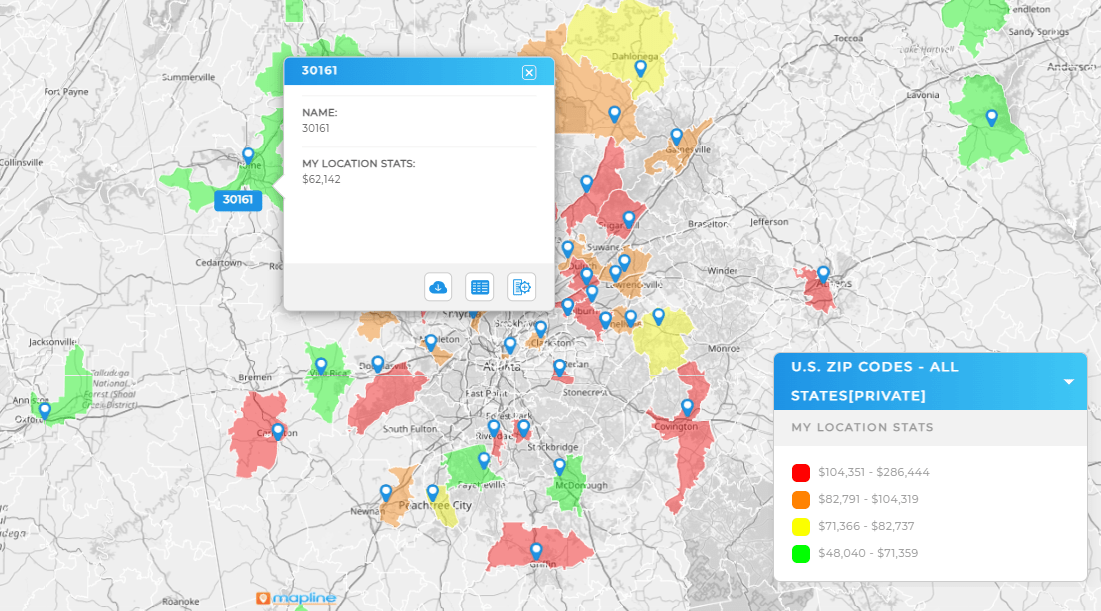
Rebalance Workloads for Fairness
Sales teams often struggle with uneven workloads, where some reps are overloaded while others lack enough accounts. With Mapline, managers can adjust territories based on criteria like customer volume, revenue, or travel time. Rebalancing ensures reps have equitable opportunities and prevents burnout. This fairness translates into higher motivation and stronger team performance. Over time, it also creates a more sustainable sales model that can scale with growth.
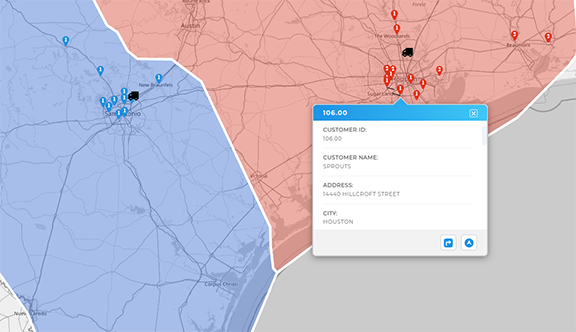
Forecast Growth by Territory
Territory maps allow businesses to tie financial data directly to specific regions. By overlaying sales performance or revenue data onto territories, managers can see which areas generate the highest returns. This makes forecasting more accurate because it’s grounded in both geography and performance trends. Predictive insights help leadership allocate resources strategically, whether that means adding reps, shifting marketing spend, or planning future expansions. Using geography as a lens for revenue analysis ensures growth strategies are based on reality, not assumptions.
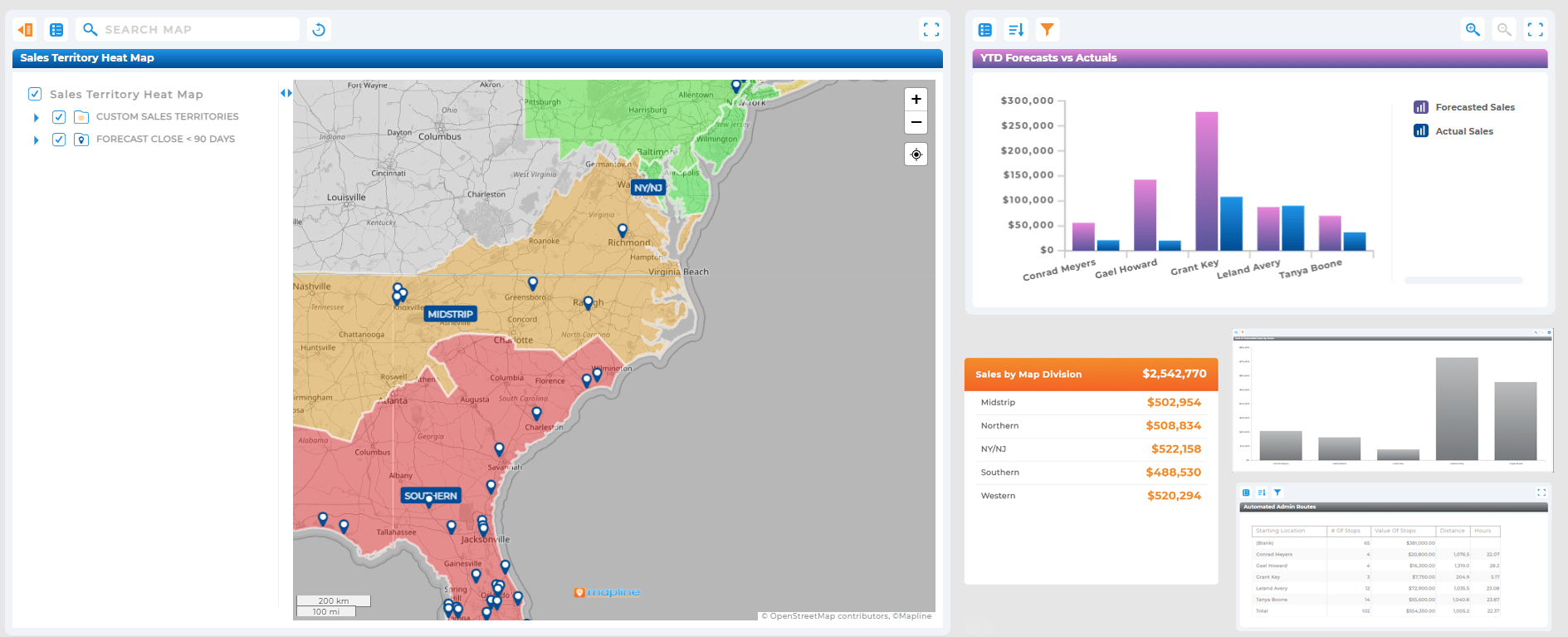
Adjust Quickly to Market Changes
In fast-moving markets, static spreadsheets leave companies vulnerable to sudden shifts. Mapline’s dynamic territory maps make it easy to update boundaries whenever staffing changes, accounts shift, or priorities evolve. This agility ensures that teams always operate with the most up-to-date assignments. Quick adjustments reduce downtime, prevent lost opportunities, and keep customers from slipping through the cracks. Having this real-time flexibility makes the sales organization far more resilient to market disruptions.
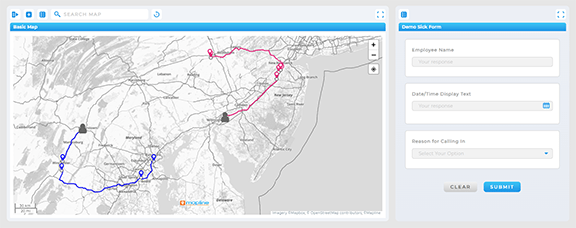
Expand with Confidence
When planning expansion, territory maps provide a roadmap for where to go next. Companies can simulate new territories, test staffing models, and analyze potential outcomes before making major moves. This de-risks expansion by ensuring resources are invested in areas with clear potential. With Mapline, growth isn’t a guessing game—it’s guided by data and visual clarity. Confident expansion strategies give companies a competitive edge and accelerate time-to-market for new regions.

How to Create a Territory Map in Seconds
Creating a territory map doesn’t have to take hours of fiddling with spreadsheets or drawing tools. With the right platform, you can transform a list of customer addresses or sales data into clear, functional territories in just a few clicks. This saves managers valuable time while ensuring that reps get accurate, fair, and balanced regions to work within. Once the data is uploaded, smart features make it easy to draw boundaries, auto-generate territories, and visualize performance metrics directly on the map. The end result is a territory map that works as both a planning tool and a decision-making engine.
Upload Your Excel Data
The process starts by uploading a simple Excel spreadsheet of customer addresses, rep assignments, or regional sales data. The software instantly plots each data point as a pin, removing the need for manual entry or external formatting. This makes it easy to go from raw data to a visual map in seconds.
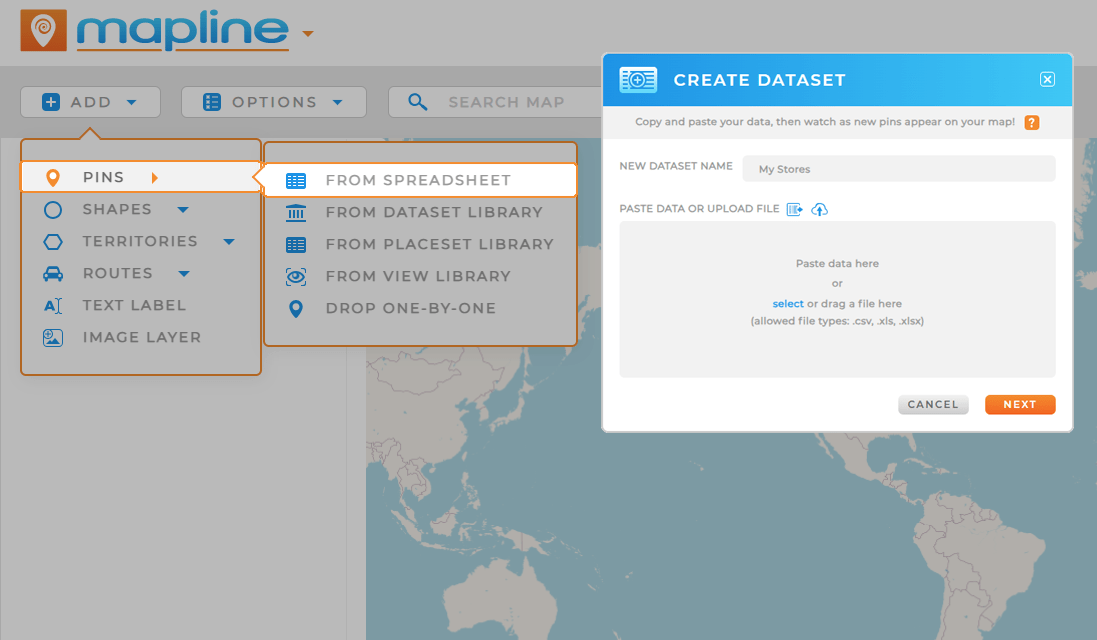
Draw or Auto-Generate Territories
From there, you can either draw boundaries manually or use auto-generation tools to build territories based on pin density, demographics, or custom business rules. Auto-generation ensures territories are balanced and fair, which reduces conflicts and wasted effort across your sales team.
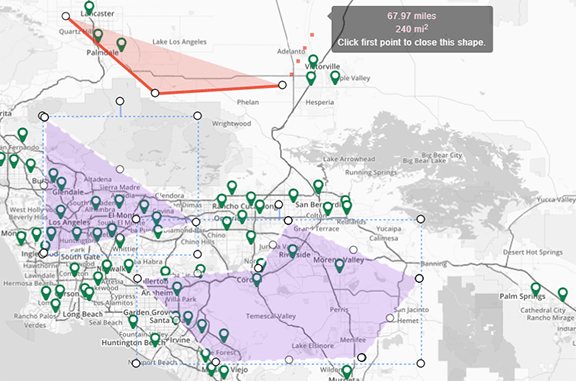
Style and Segment Your Map
Once territories are created, dynamic styling options let you color-code by rep, revenue potential, or product line. Segmentation tools go even further, allowing you to break down regions into meaningful categories that reveal hidden insights. These customizations make your territory map a strategic resource rather than just a visual guide.
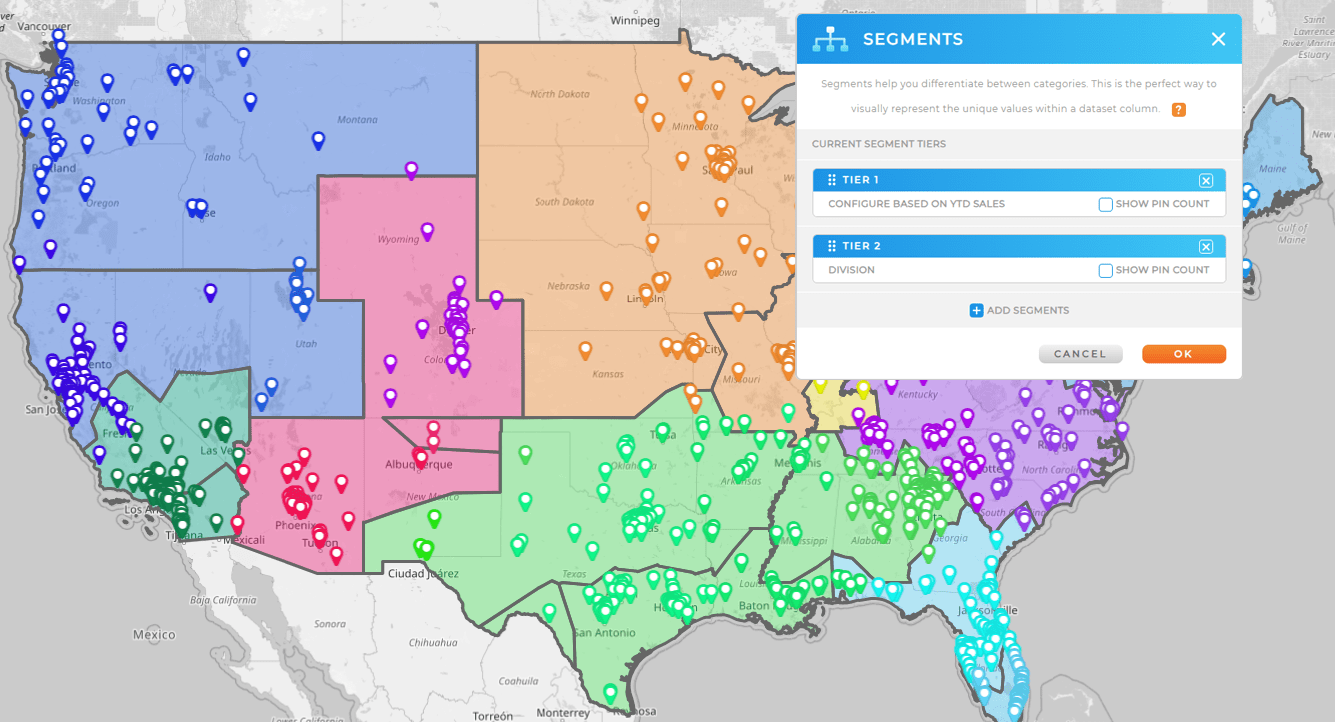
Share and Take Action
After your map is built, sharing options ensure the right stakeholders can view, edit, or collaborate on it. Managers can distribute maps to reps, leadership, or operations teams for faster alignment. This transparency keeps everyone accountable and ensures sales efforts are aligned with business goals.

What are the Best Territory Map Platforms?
Not all mapping tools are created equal. Some are built for quick visuals, while others are designed to help enterprise teams scale, optimize, and act on their data. The best mapping software goes beyond plotting pins— it lets you create territories, apply demographic data, and run analytics that inform smarter business decisions. For sales teams, this means finding a solution that balances ease of use with advanced features.
Compared with competitors like Maptive, Badger Maps, and BatchGeo, Mapline consistently stands out for its depth and flexibility. It offers advanced features such as demographic overlays, government boundaries, drive-time polygons, and automated territory generation—tools that many competitors lack. At the same time, it delivers enterprise-grade security, customizable sharing, and integrations designed for growing businesses. In short, Mapline combines the simplicity of user-friendly mapping with the sophistication of advanced territory analysis, making it one of the most powerful platforms available.
| Feature | Mapline | Competitors |
|---|---|---|
| Custom Territory Creation | ✓ Draw, auto-generate, or import territories with dynamic styling | Limited—manual drawing only, no automation |
| Drive Time & Drive Distance Polygons | ✓ Visualize realistic travel areas with overlapping analysis | Rarely available—basic radius maps only |
| Demographic & Census Data Overlays | ✓ Built-in demographic layers for smarter targeting | Mostly unavailable or requires third-party add-ons |
| Government Boundaries | ✓ Preloaded city, county, state, and ZIP boundaries | Not included—manual imports required |
| Advanced Distance Calculations | ✓ Bulk distance calculations, hub-and-spoke, min distance | Basic one-to-one distance tools, if available |
| Territory Reporting | ✓ Instant reporting on coverage, performance, and gaps | Rarely included—usually just visual mapping |
The Bigger Picture of Territory Mapping
A territory map does more than streamline today’s operations; it sets the foundation for tomorrow’s wins. Combined with features like heat mapping and demographic overlays, sales leaders gain powerful insights into where opportunities are growing and where risks may be hiding. By connecting territory management with other aspects of Geo Mapping, companies gain a holistic view of their business landscape. It’s this integration that turns maps into strategy and ensures every decision is based on data, not guesswork.
The easiest way to create a sales territory map is to import your customer or prospect list from Excel into a mapping tool, then draw boundaries around the regions you want to assign. Modern software makes this process far more efficient than manually building maps in spreadsheets, since you can color-code, segment, and adjust territories dynamically. Once the data is plotted, managers can balance workloads, reduce overlap, and make assignments clear. This clarity helps sales teams save time, improve coverage, and ensure no opportunities slip through the cracks.
Territory mapping gives sales teams a visual framework for managing accounts and regions. Without it, reps may waste hours on inefficient travel, fight over the same leads, or leave valuable areas unserved. By defining boundaries and linking them to data, companies create accountability and fairness, while also uncovering opportunities to expand. The practice also helps align territories with market potential, ensuring resources are distributed where they’ll have the most impact. Ultimately, territory mapping drives higher ROI by reducing inefficiencies and boosting productivity.
Software removes the guesswork and manual effort from territory planning. Instead of static maps, teams get interactive tools that let them adjust boundaries, add demographic layers, and measure performance in real time. This makes it easy to see where reps are overextended or where coverage gaps exist. Another benefit is flexibility—territories can evolve as your business grows, ensuring they always match current conditions. For sales teams, that means faster planning, better resource allocation, and improved results.
While it’s technically possible to create a territory map in Excel, the process is tedious and limited in functionality. You can color-code cells or overlay simple charts, but these methods don’t scale well for growing businesses. By contrast, an easy territory mapping software integrates directly with Excel data and transforms it into visual maps instantly. This gives managers far more control over how they view, edit, and optimize territories. In practice, most businesses find mapping software indispensable once they’ve outgrown basic spreadsheet workarounds.
When every account has a clearly assigned rep, customers get more consistent and reliable service. Territory maps eliminate confusion about who owns which accounts, reducing the chances of missed follow-ups or duplicate outreach. They also make it easier for reps to plan smarter routes, ensuring timely visits and stronger personal connections. Over time, this consistency builds trust and loyalty, giving your company an edge in competitive markets. Better aligned territories don’t just improve internal efficiency—they create a smoother, more satisfying experience for customers.









